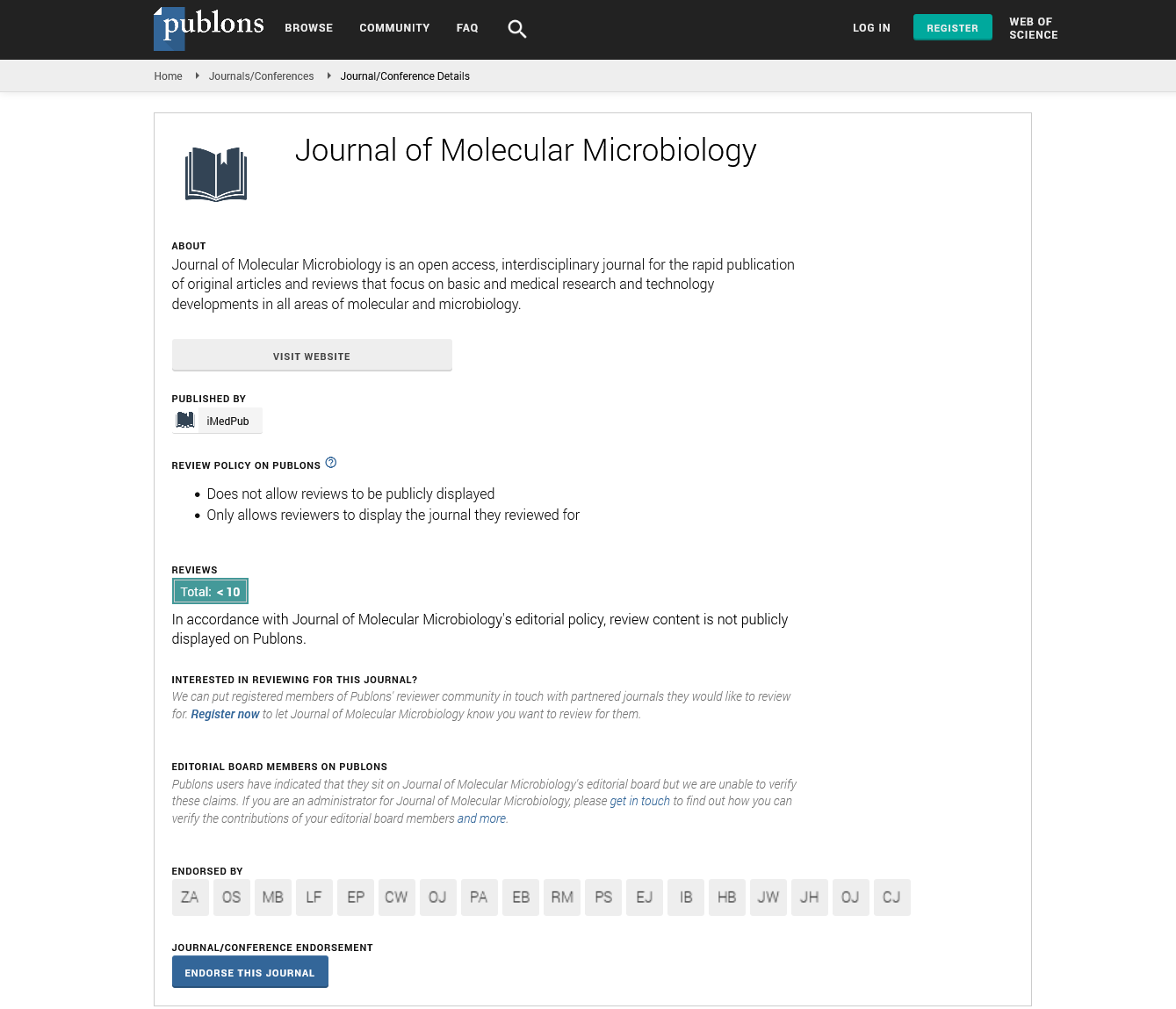Abstract
Kinetic and molecular dissection of coupled ion-substrate membrane transport proteins
Introduction:
The Mhp1 Na+, -hydantoin membrane symport protein from Microbacterium liquefaciens is a paradigm for the nucleobasecation-symport, NCS-1, family of transport proteins found widely in archaebacteria, bacteria, yeasts and plants. Their metabolic roles include the capture by cells of nitrogen compounds and vitamins from the environment. Mhp1 is also a structural model for the huge range of ‘5-helix-inverted-repeat’ superfamily of proteins, because, unusually, crystal structures are available for its open-outwards, occluded, and open-inward conformations. Here we accomplish a detailed dynamic model of the partial reactions in an alternating access cycle of membrane transport derived from substrate binding studies to the purified Mhp1 protein by combining novel mass spectrometry, stopped-flow and steady state kinetic analyses and mutagenesis. The mechanism of coupling substrate transport to the Na+, - gradient is revealed during a sequence of mostly reversible kinetic steps that explain how transfer of substrate across the membrane is affected by changes in conformational states. The AceI H+/substrate antiport protein from Acinetobacter baumannii is a paradigm for the proteobacterial antimicrobial compound efflux (PACE) family of drug efflux proteins found dispersed throughout the Proteobacteria. AceI contributes to the resistance of Acinetobacter baumannii towards the widely used antiseptic, chlorhexidine. Currently there is little structural information about the PACE family of transport proteins, but progress towards understanding the recognition of substrates and cations by AceI and its homologues will be discussed. Recent Publications 1. Shimamura T, Weyand S, Beckstein O, Rutherford N G, Hadden J M et al. (2010) Molecular basis of alternating access membrane transport by the sodium-hydantoin transporter Mhp1. Science. 328(5977):470-473. 2. Simmons K J, Jackson S M, Brueckner F, Patching S G, Beckstein O et al. (2014) Molecular mechanism of ligand recognition by membrane transport protein. Mhp1. EMBO J. 33(16):1831-1944. 3. Calabrese A N, Jackson S M, Jones L N, Beckstein O, Gsponer J (2017) Topological dissection of the membrane transport protein Mhp1 derived from cysteine accessibility and mass spectrometry. Anal. Chem. 89(17):8844-8852. 4. Hassan K A, Jackson S M, Penesyan A, Patching S G, Tetu S G et al. (2013) Transcriptomic and biochemical analyses identify a novel family of chlorhexidine efflux proteins. Proc Natl. Acad. Sci. USA. 110(50):20254-20259. 5. Hassan K A, Liu Q, Henderson P J F, Paulsen I T (2015) Homologs of the Acinetobacter baumannii AceI transporter represent a new family of bacterial multidrug efflux systems. mBio. 6(1):e01982-14. Pg.1-5
Author(s): Peter J F Henderson
Abstract | PDF
Share This Article
Google Scholar citation report
Citations : 86
Journal of Molecular Microbiology received 86 citations as per Google Scholar report
Journal of Molecular Microbiology peer review process verified at publons
Abstracted/Indexed in
- Google Scholar
- Publons
Open Access Journals
- Aquaculture & Veterinary Science
- Chemistry & Chemical Sciences
- Clinical Sciences
- Engineering
- General Science
- Genetics & Molecular Biology
- Health Care & Nursing
- Immunology & Microbiology
- Materials Science
- Mathematics & Physics
- Medical Sciences
- Neurology & Psychiatry
- Oncology & Cancer Science
- Pharmaceutical Sciences
